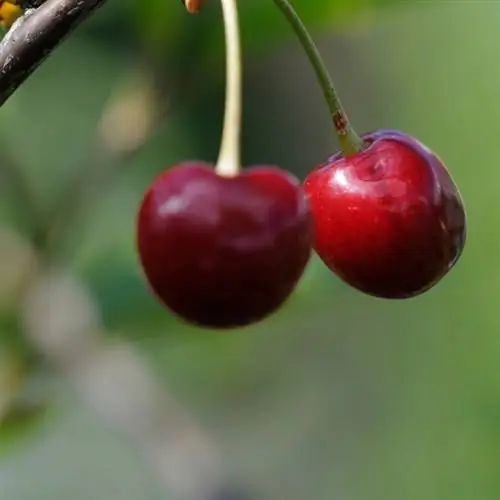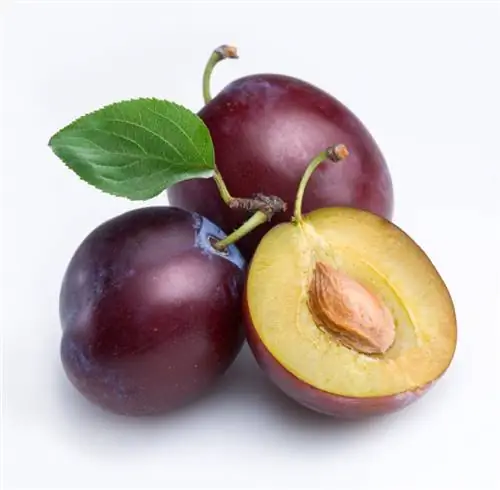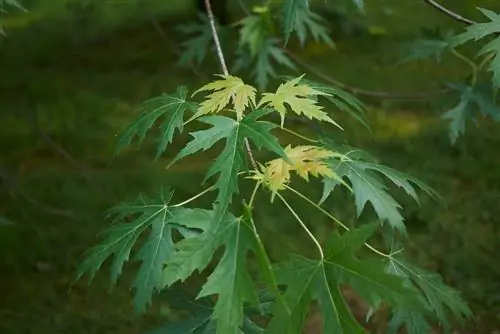- Author admin [email protected].
- Public 2023-12-16 16:46.
- Last modified 2025-01-23 11:20.
Reed is a very common bank plant in Germany and Central Europe. But which plant family does it belong to? How high will it be? Which location does she prefer? Here you can find all the important information at a glance in profile format.

What plant family does reed belong to and how high does it grow?
Reed (Phragmites australis) belongs to the sweet grass family (Poaceae) and reaches a height of up to 4 meters. Preferred locations are bank areas of stagnant or slow-flowing water as well as wet meadows.
The most important things at a glance
- Scientific name: Phragmites australis (Phragma (Latin): wall)
- Other names: reed, reed, pond reed, common pond reed, reed
- Plant family: Poacea
- Distribution: From 66° north latitude to 23° south latitude (almost everywhere except the tropics and Iceland), grows up to 1600 meters above sea level
- Growth habit: ornamental grass with elongated, sharp-edged leaves
- Growth height: up to 4 meters; Phragmites australis ssp. altissimus up to 10 meters high
- usual locations: grows on the banks of stagnant and slow-flowing water, on wet meadows
- Location in the garden: sunny to partially shaded, moist
- Flowering period: July to September
- Flower color: depending on the variety, white, silver, pink or red
- Flower shape: dense panicles up to 40cm long
- Lifespan: Roots up to 20 years, sprout every year
- Usage: widely used natural building material, e.g. as covering material for roofs, insulation material and privacy mats; can also be eaten; for wastewater treatment
- Propagation: via seeds (less common) or root runners; in the garden via division or cuttings
- Winter hardiness: hardy down to at least -20 degrees
Reeds in the garden
In the garden, reed is often planted as an easy-care ornamental grass, as a bank planting or as a privacy screen. It requires only a few nutrients and grows very quickly and densely, making it the ideal natural privacy screen. However, a root barrier should definitely be installed when planting, because reeds are very proliferative and can develop roots up to 2 meters deep. Removing reeds is extremely laborious.
Economic use of reeds
Reed is a cheap raw material due to its rapid growth. It is used in thatched roof construction and is also used in the construction of mud houses. It has good insulating properties and is therefore used as an ecological insulating material. Reed mats are often used as privacy screens, in some countries as floor coverings or as sun protection.
The cleansing effect of reeds
An important area of application in both the private and commercial sectors is wastewater treatment. Reed has a strong water purifying effect because it absorbs nitrogen and other things and releases a lot of oxygen. This is used both in private garden ponds and in sewage treatment plants.






